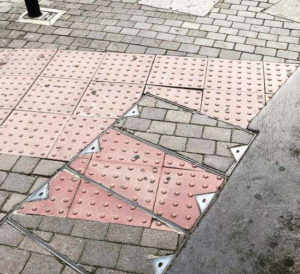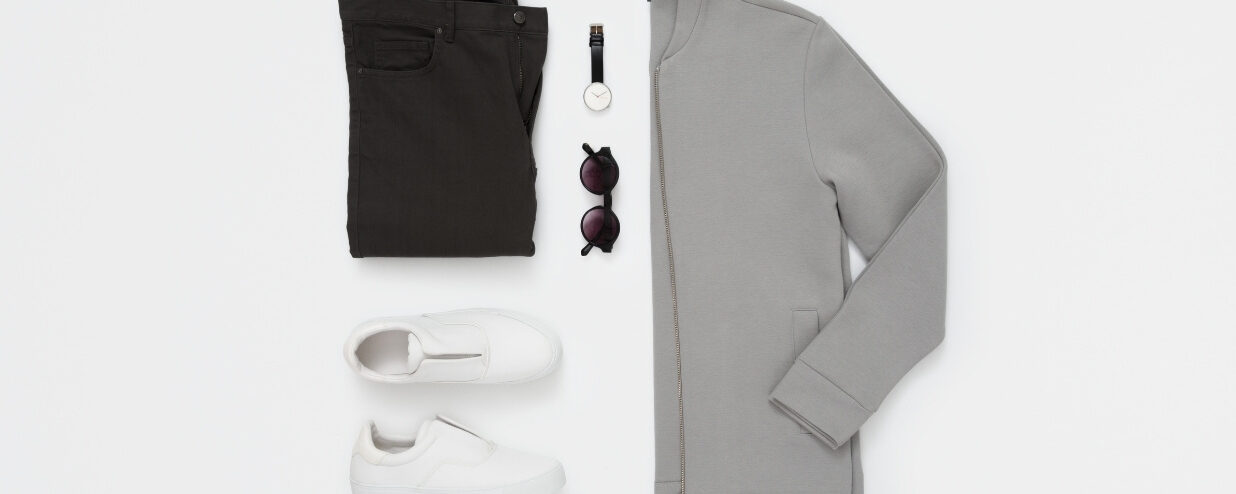A, who is a university student, told me this story the other day:
“I had an interview with a company today. My university lecturer had told me to “go dressed tekitō (適当),” so I wore jeans and a T-shirt. But I noticed that the interviewer had a really shocked look on his/her face the moment I entered the room. I ended up feeling really awkward. What did I do wrong?”
Just as she had been told to by her lecturer, A went wearing “(適当な服) tekitō clothes,” so what was the problem? The problem was that she did not know that the word “tekitō” has two meanings – and she chose the wrong one.
Meanings of Tekito
1. Just right, correct, appropriate/suitable

“Tekitō” can be used in the following way, which has a positive meaning: “To act or select in a way that matches the atmosphere or the purpose.”
· Find a place that’s suitable for entertaining guests from overseas
· (On an exam question) Select the best (=correct) answer to the following question
· I’m looking for someone who’d be just the right kind of person for a marriage partner.
2. Irresponsible, any old way, without thinking much

This usage of the word has the negative meaning of “showing that you are doing something but just on the surface level, without the content to go with it.” It is completely the opposite meaning to that of number 1 above. Let’s take a look at some examples.
・They got mad at me when I wrote the report up any old way
・(When taking an exam) I didn’t know the answer so I just picked an answer without giving it any thought
・This company is full of irresponsible people. There is no one you can count on.
By the way, the “tekitō clothes” from the story above is close to the idea of “not thinking about it much” from meaning #2, in the sense of clothes that are casual or as one pleases.
I think you understand the difference by now. The lecturer was using “tekitō” with meaning #1, intending to communicate the idea of “somewhat formal clothes, appropriate to an interview,” whereas A interpreted this as meaning #2: “casual clothes that you don’t think about too much.” This kind of mistake happens often, so do take care with this word.
You will usually be able to distinguish whether the word is being used in the first or the second meaning from the context or the way that the other person is talking. Even so, it would be best for the person who is giving the instructions to try to communicate as clearly as possible, so that there are no misunderstandings. Because if you give tekitō instructions, it can result in atrocious things happening later!
Kumi Tanaka
The author for this article is Kumi Tanaka-sensei. She is mainly responsible for the Business Japanese course, JLPT N1 classes, and Intensive courses. Tanaka-sensei is quite popular amongst our intermediate and advanced students! Currently, she is enjoying studying the Vietnamese language.
For those interested in intensive courses please click the button below.
